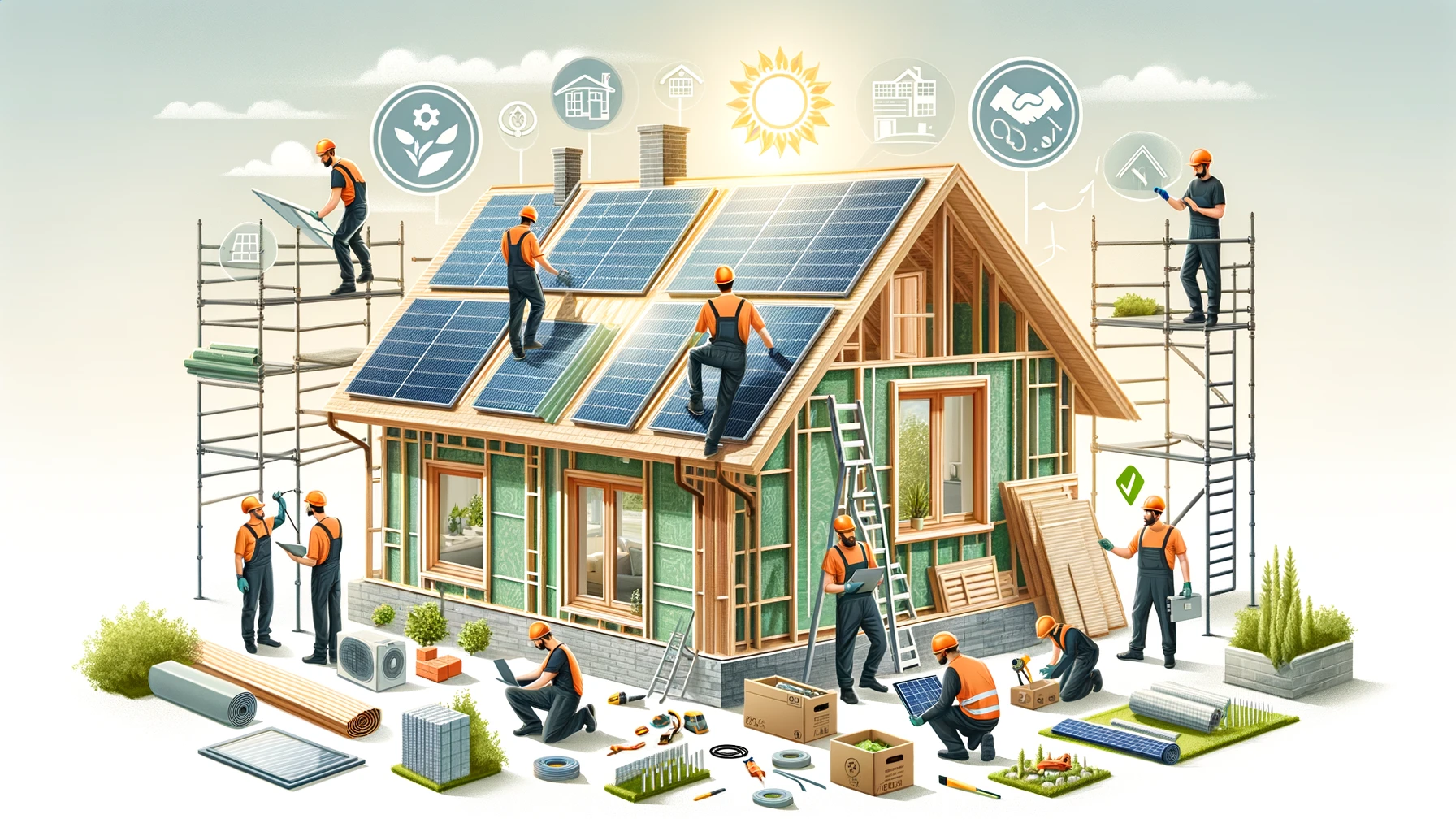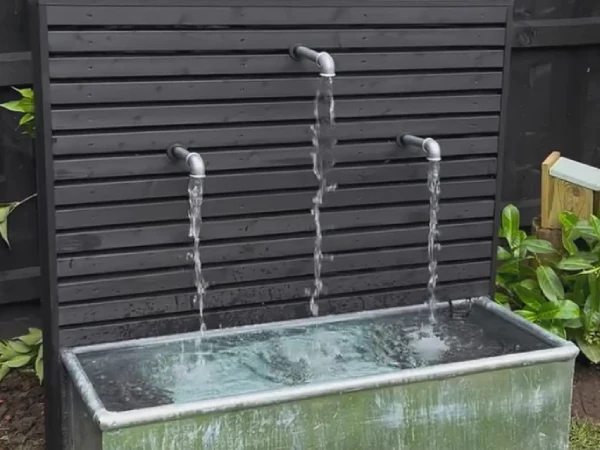Making a home more energy efficient is a dual investment: it lowers utility bills immediately and significantly reduces your environmental footprint over the long term. In the modern era, energy efficiency is no longer a luxury but a fundamental component of responsible homeownership and increased property value.
Achieving this requires a holistic approach that addresses the home’s primary areas of energy loss—the exterior envelope, the heating and cooling systems, and the lighting.
By systematically implementing targeted upgrades and adopting smarter consumption habits, homeowners can transform their residence into a high-performance, comfortable, and sustainable living space.
1. Seal Air Leaks and Gaps Thoroughly
The quickest and often cheapest way to boost efficiency is to stop conditioned air from escaping and unconditioned air from entering. Conduct a thorough inspection for air leaks around window and door frames, electrical outlets, plumbing penetrations, and vents.
Use caulk to seal small gaps and weatherstripping for moving parts like doors and operable windows. Stopping these drafts can account for a significant reduction in your home’s heating and cooling load.
2. Optimize Attic and Wall Insulation
Insulation is the silent hero of energy efficiency. Ensure that your attic is insulated to current recommended R-values for your climate zone. Adequate attic insulation acts as a thermal barrier, preventing heat transfer.
Consider insulating exterior walls as well, particularly during a major renovation. A well-insulated home maintains steady temperatures, reducing the strain on your HVAC system year-round.
3. Upgrade to Energy-Efficient Replacement Windows
Windows are notorious for heat loss, especially if they are single-pane or old. Investing in high-performance replacement windows can dramatically reduce energy waste.
Look for double- or triple-pane glass with low-emissivity (Low-E) coatings, which reflect heat while allowing light to pass through.
Modern replacement windows minimize heat transfer, keeping your home cooler in summer and warmer in winter, providing a significant return on investment through reduced energy costs.
4. Invest in High-Efficiency HVAC Systems
The heating, ventilation, and air conditioning (HVAC) system is typically the largest energy consumer in a home. If your furnace or air conditioner is more than 15 years old, consider replacing it with a new, ENERGY STAR certified model.
Modern systems, such as high-efficiency heat pumps or condensing furnaces, use far less energy to achieve the same level of comfort, providing one of the biggest long-term savings opportunities.
5. Enhance the Home’s Thermal Barrier with Quality Roof Replacement
The roof plays a critical role in thermal regulation. When the time comes for a major structural overhaul, prioritize a quality roof replacement. Choose light-colored or “cool roofing” materials that reflect solar heat rather than absorbing it, particularly beneficial in warm climates.
Proper installation, combined with improved attic ventilation during the roof replacement process, ensures the entire top of your home acts as a cohesive, high-performance barrier against solar heat gain and energy loss.
6. Switch to LED Lighting and Smart Controls
Lighting consumes a surprising amount of energy. Replace all traditional incandescent bulbs with modern LED equivalents, which use up to 80% less energy and last significantly longer.
Further enhance efficiency by installing smart thermostats, which learn your routines and adjust temperatures automatically, and using dimmer switches and occupancy sensors to ensure lights are only on when and where they are needed.




